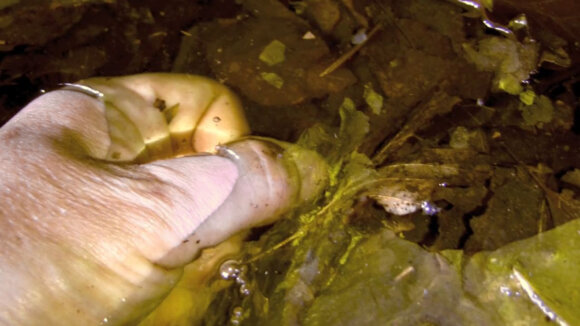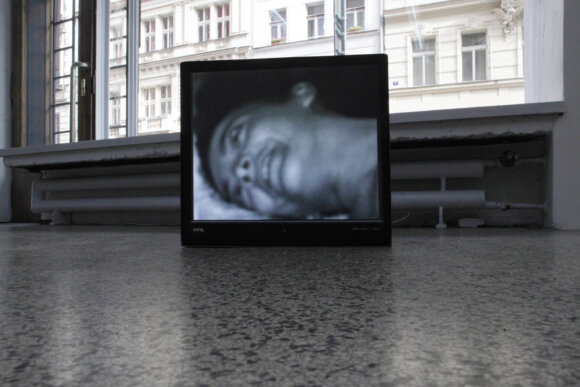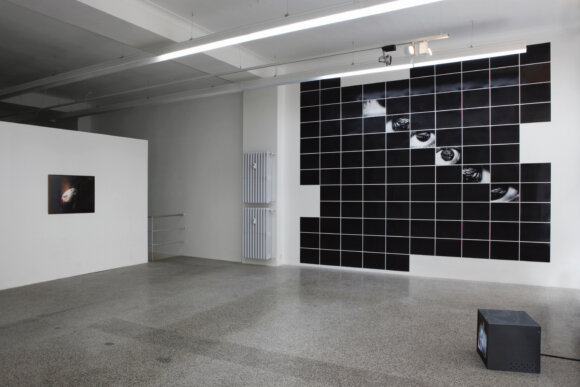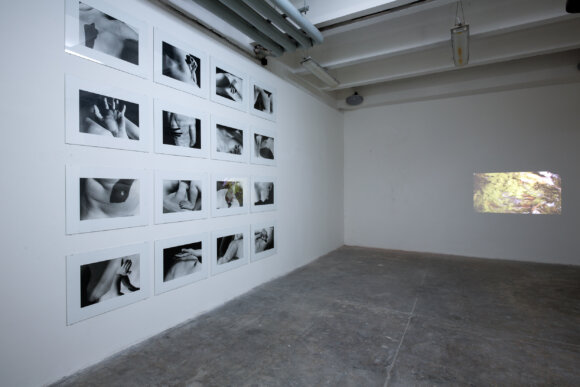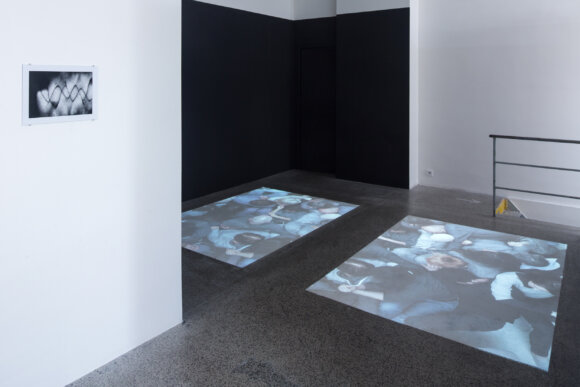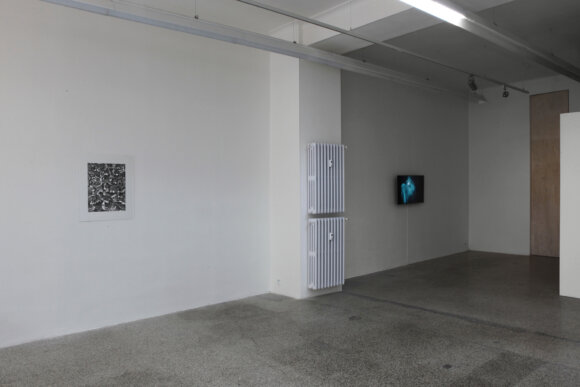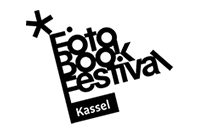
Dirk Braekman: V.R.-P.A.(2), 1996
Zdeněk Lhoták: Spartakiáda (Spartakiad), 1985
Miloš Šejn: Fialové tělo (Purple Body), 2004
tělo společnosti, nestabilní řád
nestabilní tělo, řád společnosti
X
Fotograf Gallery
Umělci
Dirk Braeckman
Yvon Chabrowski
Jolana Havelková
Zdeněk Lhoták
Miloš Šejn
Heji Shin
Andreas Schulze
Kurátorky
Anna Voswinckel
Tereza Rudolf
Vernisáž
Trvání
Přes veškerou fascinaci propletenýma rukama na dvojitých expozicích Jolany Havelkové pociťujeme nutkání překrývající se kontury hřbetů rukou oddělit a představovat si je jako jasně rozlišené části těla. Co nám taková reakce napovídá o našem vztahu k druhému? V práci Konstellationen Tiny Bara stojí každá osoba sama za sebe. Těla fotografovaná v ostrém světle na sebe navzájem vrhají výrazné stíny. Jasná dělící linie je viditelná v místě každého kontaktu. Fotografka Heji Shin zachycuje okamžik, ve kterém se od sebe dvě těla oddělují. Její práce zobrazují moment příchodu na svět, kdy se ještě fialově zbarvená hlava dítěte poprvé objeví a postupně se stane někým novým, druhým, pro nás podivným na pohled. Miloš Šejn se ve svých pracích vrací k vlastnímu tělu. Během ponoru do rybníka se při kontaktu s vodní plochou setkává se sebou samým jako s cizím tělem. Ve sportovních fotografiích Zdeňka Lhotáka z roku 1986 je nabouráván ideál pevné tělesné struktury. Některá z těl, která jsou zachycena při pohybu v bahně, se jeví jako bezhlavé masy. Současné práce Andrease Schulze se zabývají strukturami, ve kterých těla jako taková již neexistují. Veškeré stopy, které po nich zůstávají, jsou buď pouhé fragmenty – oči, ve kterých se zrcadlí touhy, obavy či informace – nebo je jejich absence vymezena plochou černého rastru. Dominance vyříznutého obrazu se objevuje i v pracích Dirka Braeckmana. Filmováním fotografie ležící ženy jako by se pokoušel vdechnout zachycené postavě život. V tomto případě však síla fotografického obrazu zároveň poukazuje na nemožnost se k zobrazovanému jakkoli přiblížit. Ve dvojité projekci umělkyně Yvon Chabrowski se postavy ve stejnokroji tlačí proti sobě, z jednoho filmového políčka do druhého. Zdá se však, že není úniku.
- ©Miloš Šejn, A Yellow Body, 2009
- ©Tina Bara, Konstellationen, 1991
- Dirk Braeckman ©Tomáš Hrůza
- Heji Shin, Andreas Schulze, Dirk Braeckman ©Tomáš Hrůza
- Tina Bara, Miloš Šejn ©Tomáš Hrůza
- Jolana Havelková, Yvon Chabrowski ©Tomáš Hrůza
- Zdeněk Lhoták, Miloš Šejn ©Andreas Schulze
